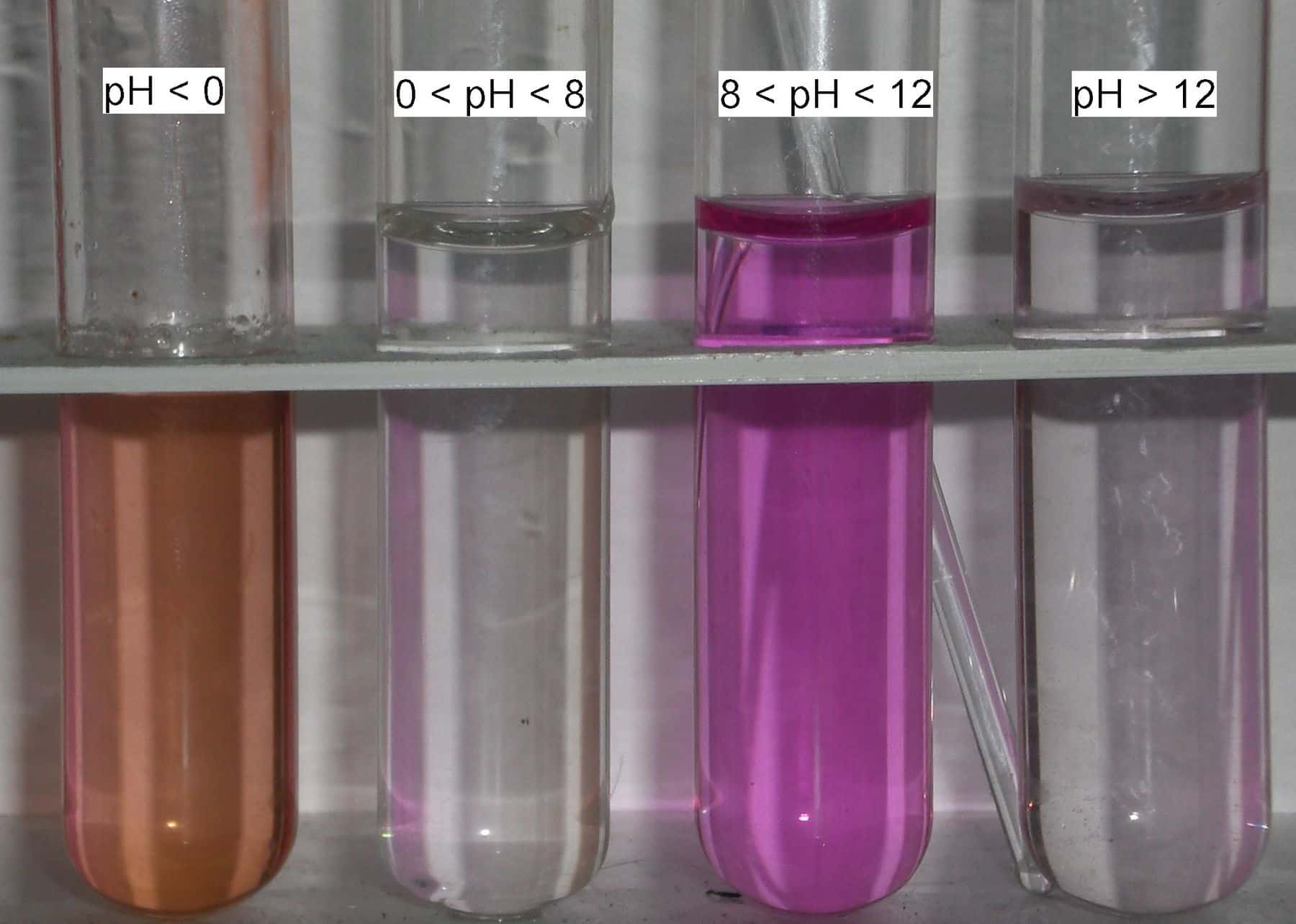Is there a perfect pH for Soap?
During soap making demonstrations, we sometimes receive questions about the pH level in soap. The majority of handcrafted soaps have a pH between 8 and 9, slightly alkaline. The only brand proven to have a neutral pH of 7 is Dove. This is done by forcibly lowering the pH by re-batching the soap and removing the naturally occurring and beneficial glycerin. This in turn, results in a product that is drying to the skin. Glycerin and the moisturization it provides are far more valuable to the skin than incurring a 1-2 point change in pH. So is pH in Soap Important?
Natural soap, handcrafted from scratch (not melt & pour) contains no chemical additives like the commercial brands. The pH of handcrafted soap should not be ignored however. We do not want soap that is overly acidic or alkaline. Good manufacturing practices dictate testing the pH of each batch.
There are four methods to test pH:
- The traditional “Tongue” test
- pH Test Paper
- Calibrated pH meter in dissolved soap solution
- Titration with indicator solution
Method #1, is the old-fashioned method (pioneer days) of testing a soap for too much lye. By touching the soap to the tongue, the soap maker would be hoping for a mild, soap taste. But if excess lye is present, they will get a sharp “bite” or a zing that will course through the tongue. At best, the test is imprecise, but for a pioneer family, it was the only way to be sure their soap wasn’t heavy in residual lye.
The use of pH test strips is the most common way most soap-makers test the pH of the soap. A little dampness is added to the top of a bar and the pH papers are touched to the soap surface. The color of the paper is then compared to a chart showing the expected color change at various pH levels. pH strips are not highly accurate and frequently give a lower reading than what the true pH is.
The pH meter process
The most effective, and our preferred, method for testing pH levels in soap is using pH meter and/or a phenolphthalein indicator. We begin by dissolving solid soap in a 50:50 mix of distilled water and isopropyl alcohol in a clear beaker. Once fully dissolved, a calibrated pH meter is inserted into the solution for a reading which we record.
Secondarily, a drop (one at a time) of phenolphthalein may be added to the solution and stirred. We watch for a color change. The slightest bit of pink is expected, however if the solution progresses to a deep, dark pink or even red, this would be indicative of excess lye and a bad batch.
We believe tracking and recording the manufacturing process helps artisans maintain consistency, quality and appearance from batch to batch to batch. We take great pride in our goat milk products but even more so in our customers’ loyalty. Thanks for reading!


